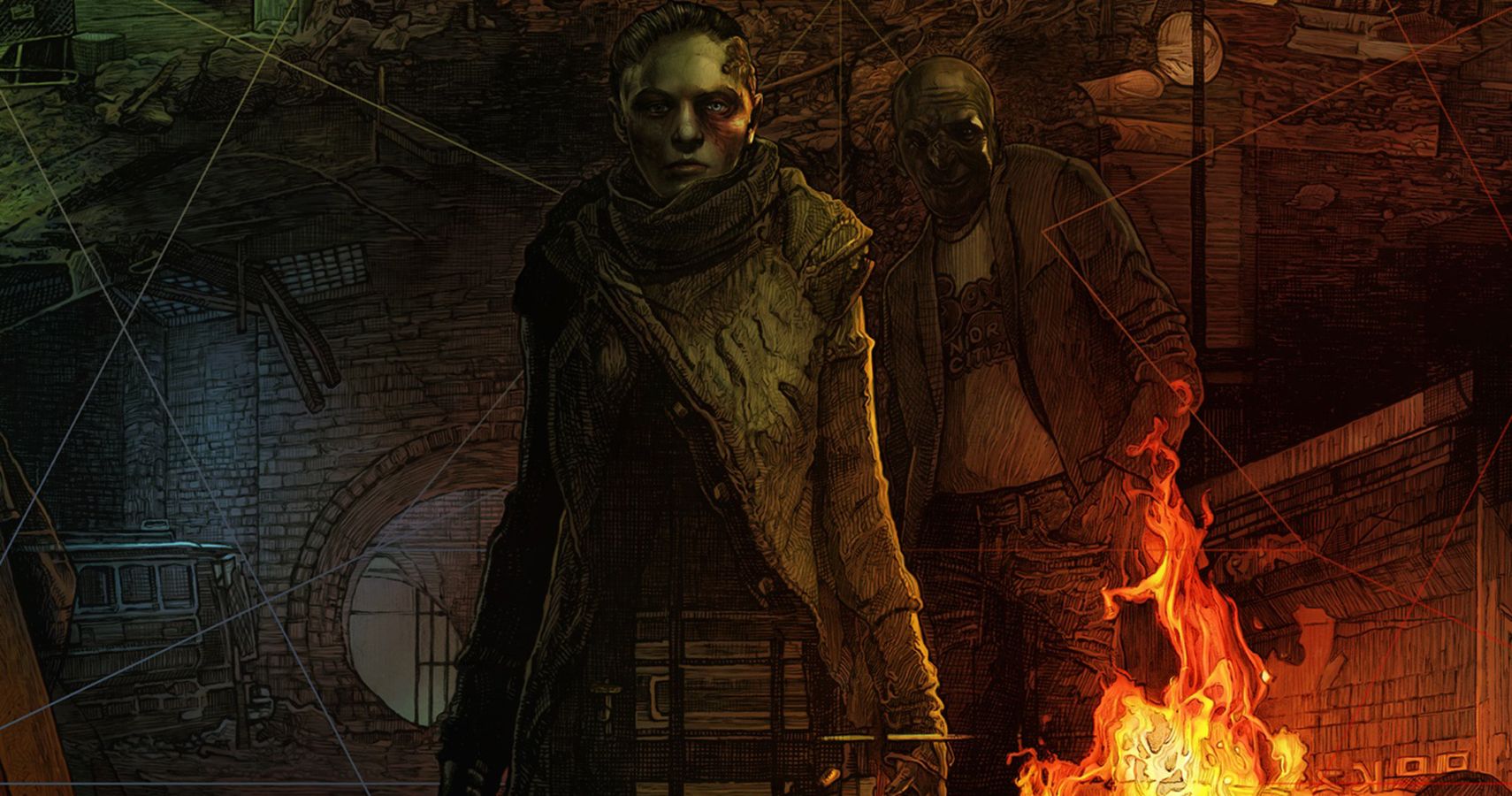
All Clans have Antediluvians on more than one occasion, that Antediluvian has been replaced, resulting in the original Clan being “demoted” to bloodline status. A bloodline splits off from the Clan when they are geographically isolated from the parent Clan and develop their own customs, examples include the Anda.ĭiablerie of Antediluvian. This also applies to a lesser extent to the Caitiff, who demonstrate no evidence of their sire’s Clan, and may have the ability to create their own Disciplines.ĭivergent evolution.


The Kiasyd and Ahrimanes bloodlines were created through specific rituals that resulted in a specific founder deviating from the parent Clan. Bloodlines are created in a variety of ways: Unlike in Vampire: The Requiem, bloodlines in Vampire: The Masquerade aren’t necessarily tied to specific Clans. Bloodlines in Masquerade are generally the product of unique supernatural events, and are functionally just smaller Clans. The childe of a vampire who belongs to a bloodline will always belong to the same bloodline as her sire, and there’s no set way to change one’s lineage. In Vampire: the Masquerade, a bloodline describes a group of vampires who share a common lineage, weakness and disciplines but are distinct from one of the thirteen Clans of Caine. The clans are generally differentiated and set above bloodlines by their greater number and influence throughout the world, identification with an Antediluvian progenitor, a history that reputedly extends back to the Second City, and clan weaknesses that were said to be handed down by Caine himself. Like all bloodlines, each clan has greater familiarity with a set of three Disciplines, a weakness largely unique to its members, and various stereotypes attributed to it as a result of a tendency to Embrace individuals with certain characteristics. In Vampire: The Masquerade, the clans are the major vampire lineages that comprise vampiric society.

There are also bloodlines where a clan has separted from its base clan roots and developed into something a little different or something altogether new. Many don’t have a third generation leader and thus their powers don’t top off at 10. The thirteen main clans follow this line but the others tend to be limited in scope. A vampire group of shared “Blood” or heritage, who can trace their Generations back to a common ancestor, in particular to the Third Generation.


 0 kommentar(er)
0 kommentar(er)
